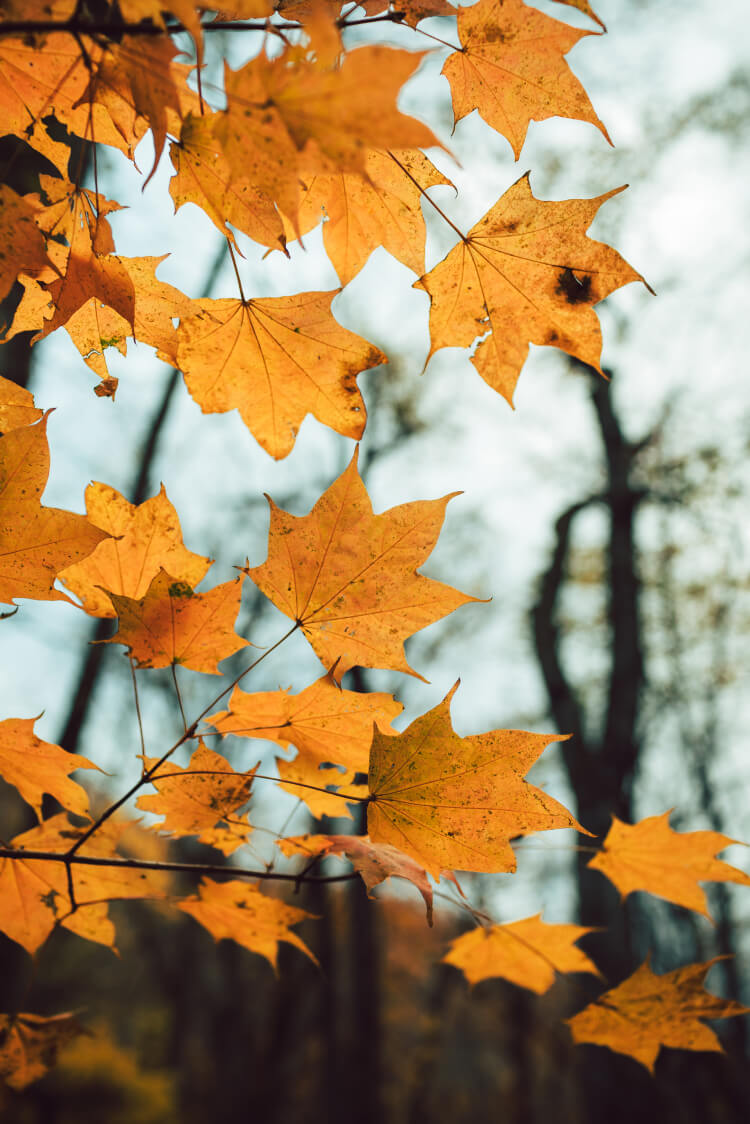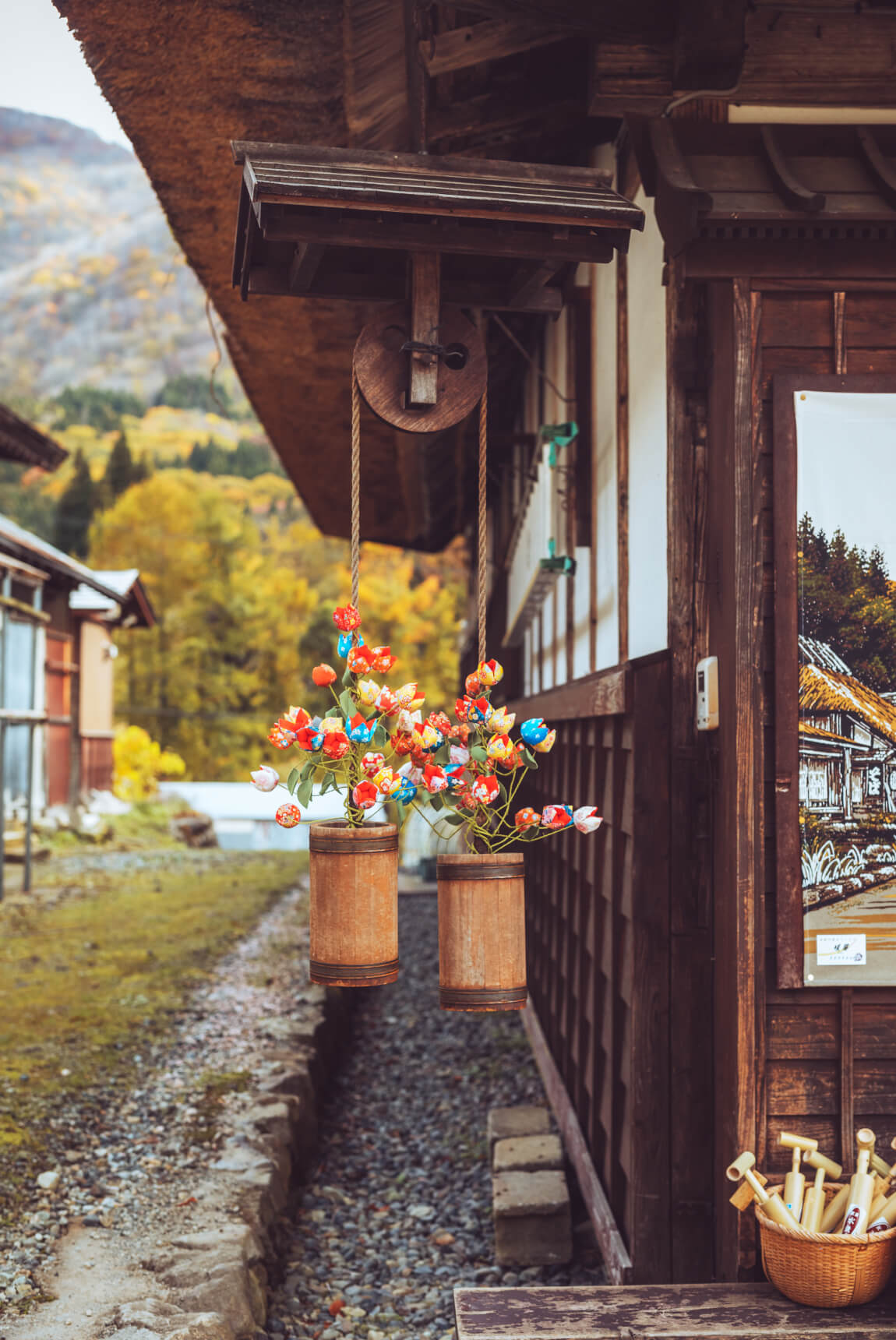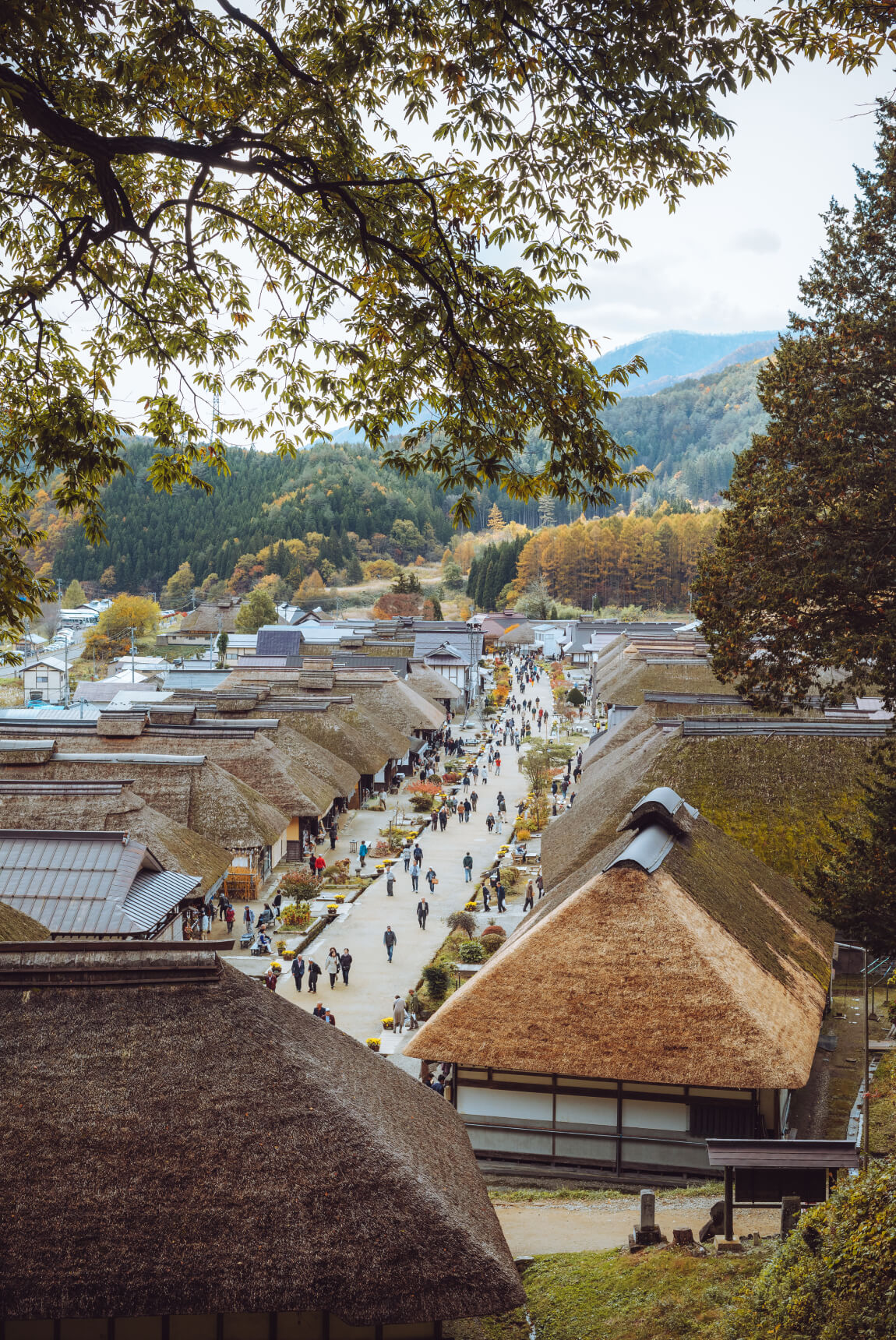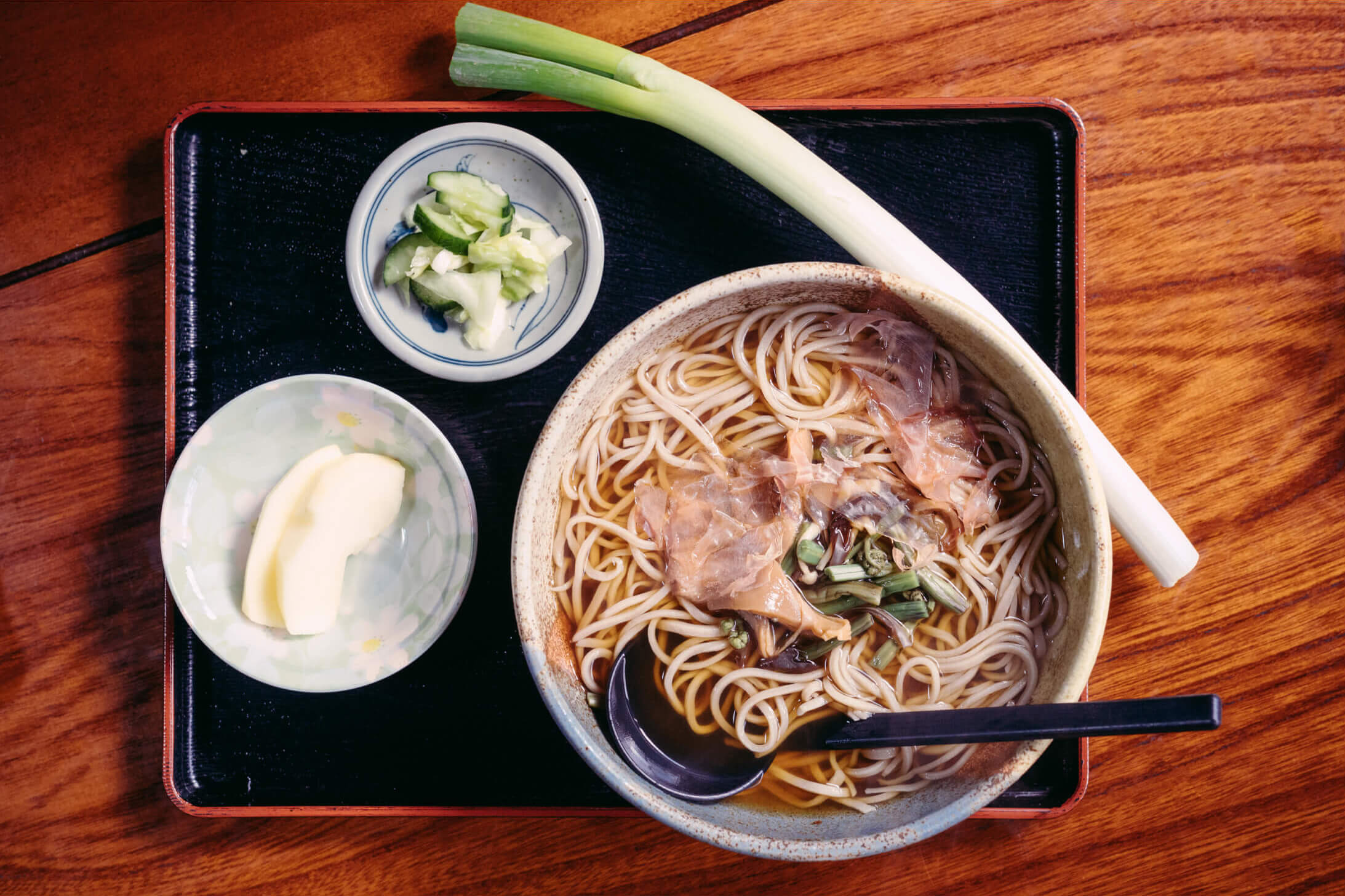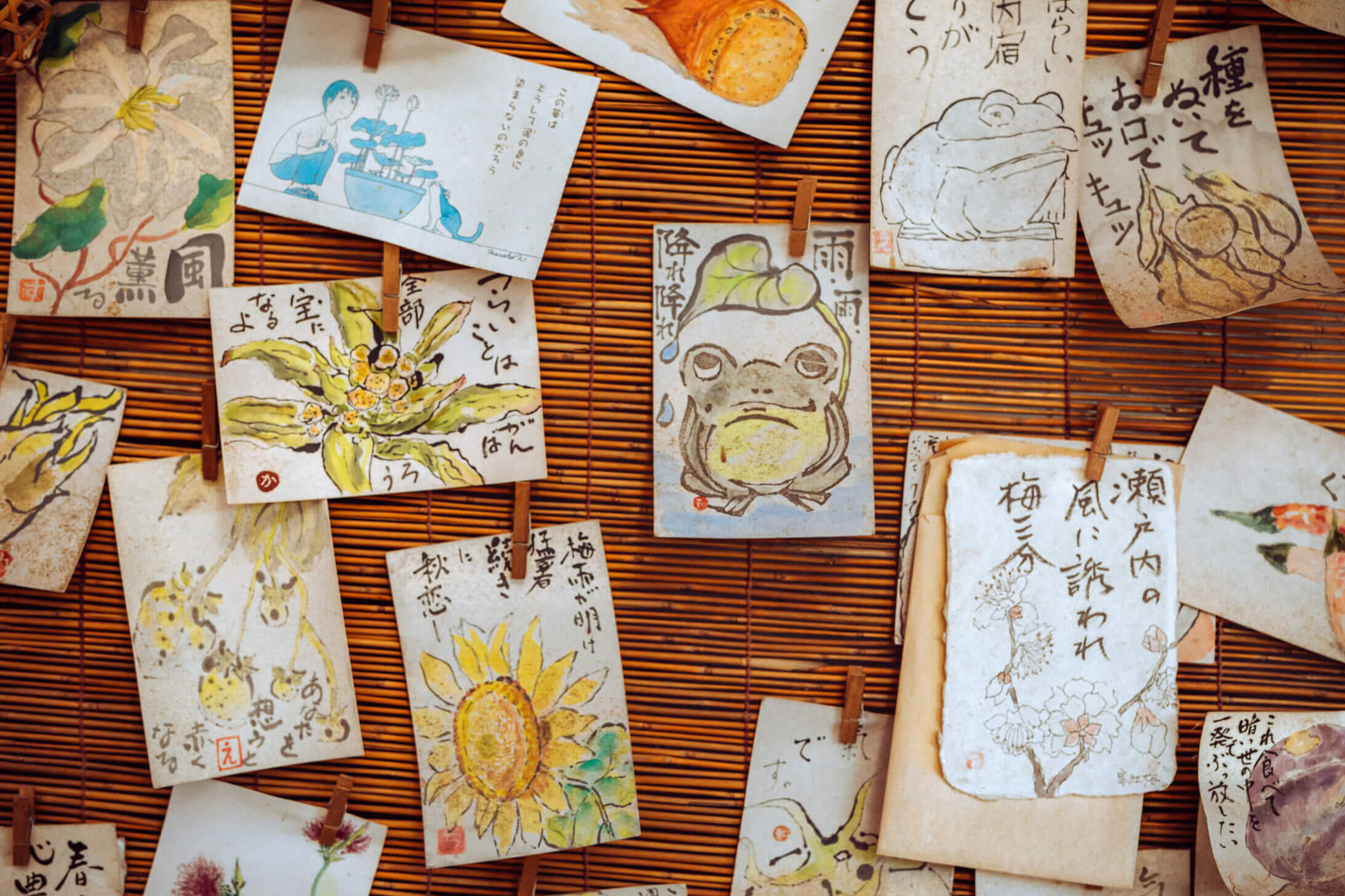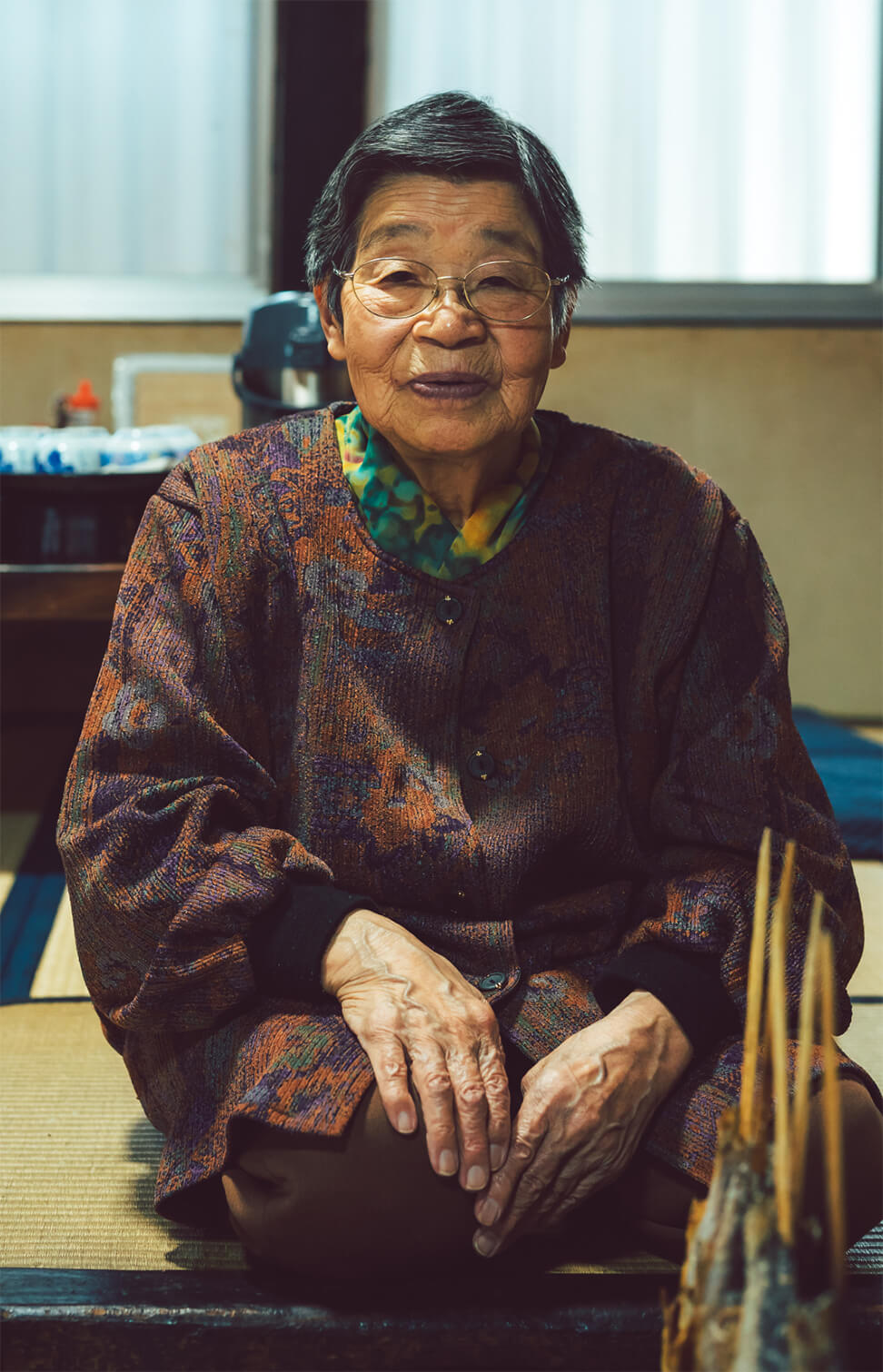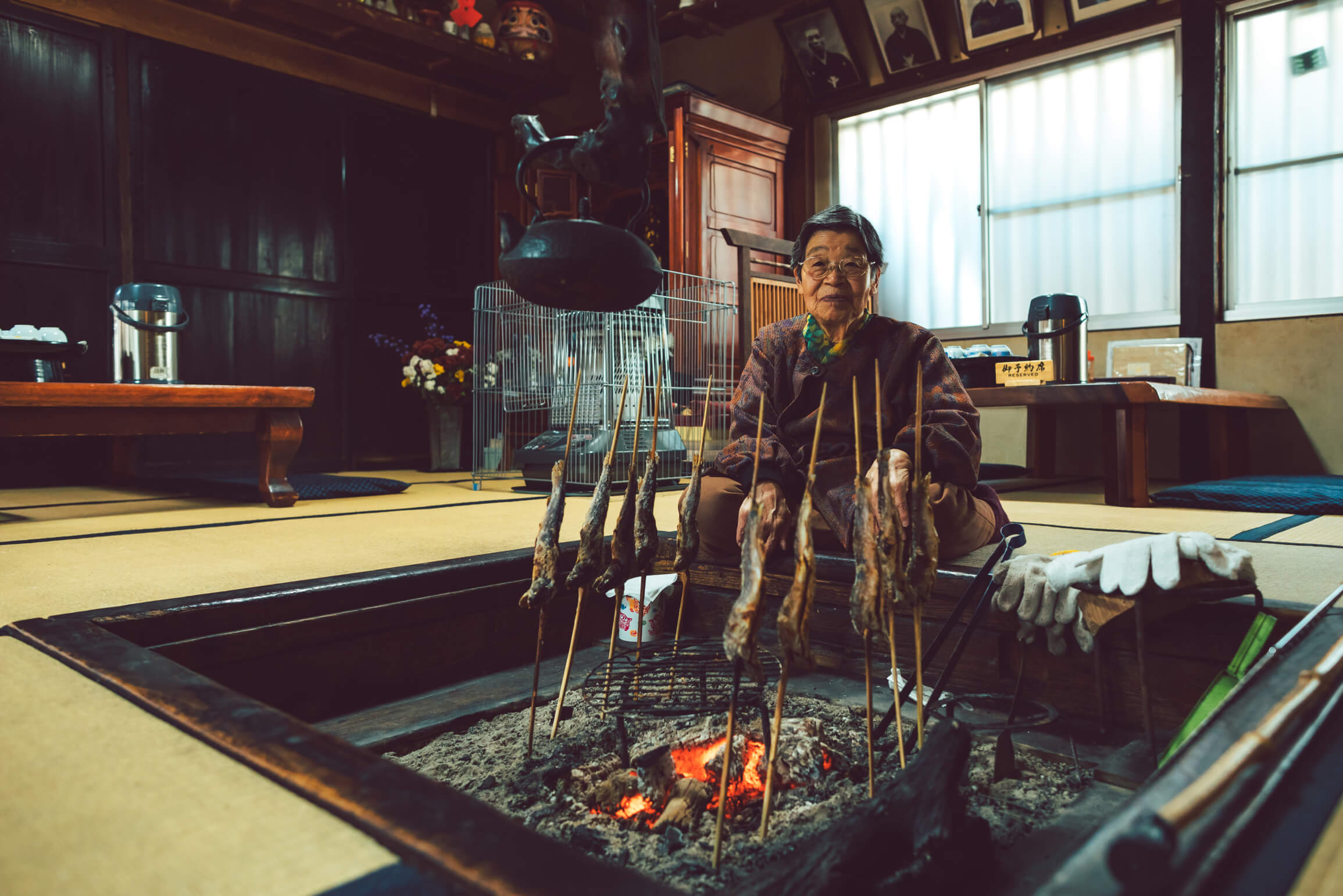It occurs to me, now that I’m back and have processed my Japan experience for a few weeks, that the reason this moment stands out so vividly, especially when it was merely 10 minutes of an eight-day trip in which we—a photographer, tour guide, translator, and I—visited a number of fabulous temples, ryokan, restaurants, and historical sites in search of the perfect magazine story, is that such sincerity is not something I, nor I’d wager many other Americans, encounter frequently in everyday life. It is an unlikely comfort, a bizarre extravagance that we only allow ourselves on special occasions. It is, essentially, a luxury.
The culture of Japan’s Deep North is known more for its unspoiled elemental nature and its ancient customs than for its luxury amenities. But among the myths, legends, and hot springs, a deeply rooted culture of unparalleled hospitality abounds. Carrie Dennis writes about her experience healing and unwinding across Tohoku’s six prefectures—Fukushima, Miyagi, Iwate, Aomori, Akita, and Yamagata.
We partnered with Japan National Tourism Organization to bring this story to life.
When my friends ask me, “How was your trip to Japan?”—which they do often now that I’m back to my everyday life in New York City—I find myself retelling a specific story. I was waiting for continental breakfast in the lobby of the Westin Sendai, a giant Western-style hotel in Miyagi prefecture, along Japan’s eastern coast, and watching a friend back home finish her first marathon on social media. Sitting in a row of chairs just two couples from the host, I teared up. I was so proud of her dedication, and the glowing camaraderie of marathons always makes me emotional. I wiped my nose on the back of my hand as the host, a young man in a crisp black suit and neat haircut, wordlessly showed me to my seat. I blinked back my tears as I went to the buffet. When I returned to my table, the host, or someone, had left me a box of tissues.
Here’s another example: North of Fukushima on Miyagi Prefecture’s eastern coast is a small single-ingredient-focused restaurant: Matsushima Oyster House. It smells like the sea. Men in waders heave live oysters by the literal shovelful into the large grill pits of communal tables, where they cook for 15 minutes under a heavy metal cover. These guys have been up since 3 a.m., harvesting the bivalves from a farm in Matsushima Bay. Bibbed up and wearing a heat-protective glove on my hand, I watched as spunky Yuko Kokubo, who has spent her whole life in Miyagi and has worked at this restaurant for 15 years, flitted between tables checking cooking times and keeping the energy up with frequent shouts of “Guri, guri, guri!” (an onomatopoeia for “jiggle, jiggle, jiggle!”) as she demonstrated to patrons how to pry open the enormous shells with a knife. Once the oysters were cooked, we had one hour to eat as many as we wanted. The meat inside was salty, briny, and buttery; the oysters practically melted in my mouth. I have no idea how many I ate, but the number would probably astonish you.



